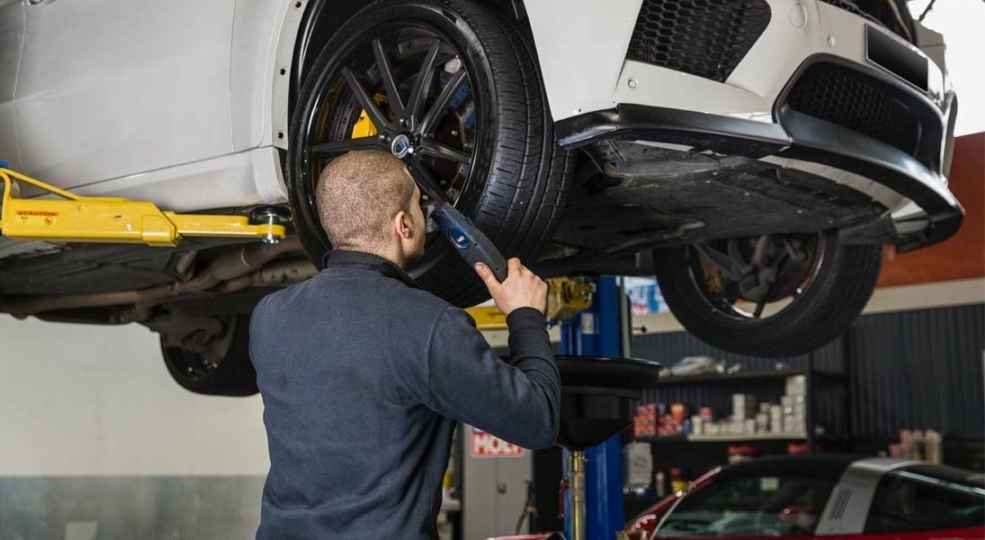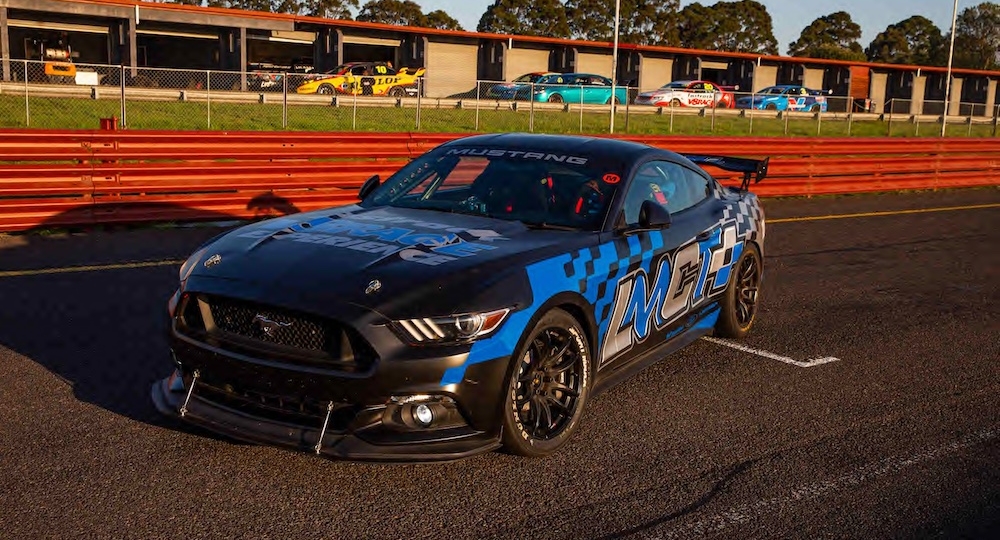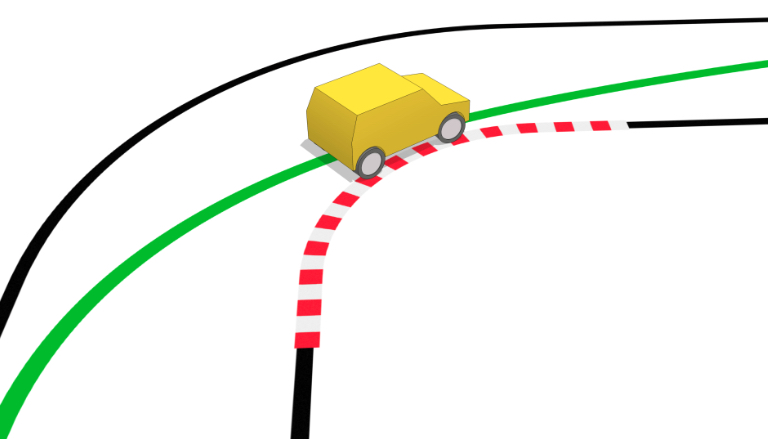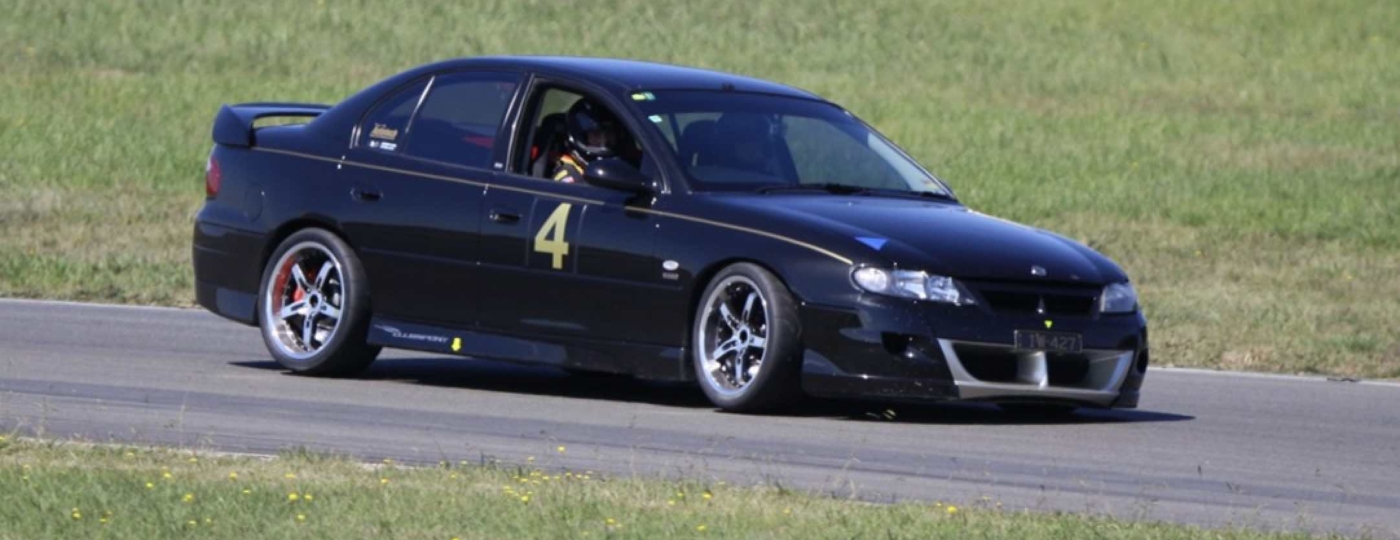Let’s be honest, we all want to be race car drivers! The speed, the excitement, the tight turns—it’s an adrenaline rush like no other. If you’re reading this, you’ve probably been in your fair share of fast cars, and maybe even driven a few of them yourself. But imagine having your own track car and knowing how to use it!
We’re here to give you a few tips on how to find and prepare a track car, and what to do when you’re out there cutting laps.
Buying a suitable track car
The first thing to note here is that there are ways of getting a relatively cheap track car for yourself. We recommend you get a car that is track-ready, rather than trying to make your own modifications. This can certainly be a fun process, but it’s very time-consuming and deceptively expensive.
We think a great website for this is my105, as they tend to have a lot of second hand track cars available at any given time. Another good place to look is Motorsport Sales.
It’s up to you just how much money you want to put into it. But no matter how high your budget, the same old advice always remains when buying a track car: don’t rush it, make sure it’s in good condition, and scour the market.







